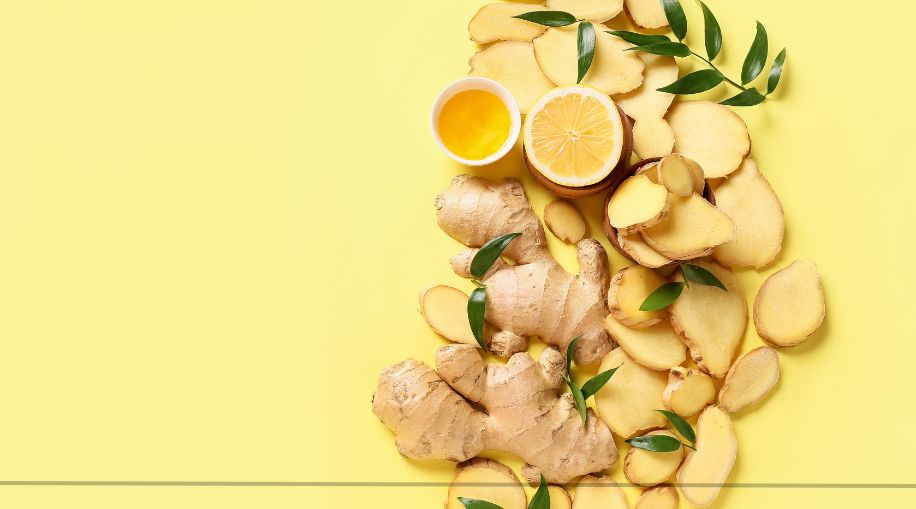Your Guide to Healthy Eating
Von Willebrand Disease (VWD) is a bleeding disorder that happens when your blood doesn’t clot properly due to a lack of von Willebrand factor (vWF), a protein needed for clotting. Managing VWD involves not only medical treatments but also making smart lifestyle choices, especially when it comes to your diet. TO help, there's VONVENDI, a medication used to treat adults with von Willebrand disease (VWD). It is used to control and prevent bleeding episodes.
Foods That Prevent Blood Clots
- Fatty fish (salmon, mackerel).
- Garlic.
- Turmeric.
- Leafy greens (spinach, kale).
- Berries (blueberries, strawberries).
- Nuts and seeds (almonds, flaxseeds).
- Ginger.
- Olive oil.
- Dark chocolate.
Foods to Avoid with Von Willebrand Disease
Certain foods can thin the blood or interfere with clotting, making them less ideal for those with VWD. Here are some foods to consider avoiding:
Garlic
While garlic has many health benefits, it can also thin the blood, which might increase the risk of bleeding.
Ginger
Like garlic, ginger can act as a natural blood thinner, potentially interfering with blood clotting.
Turmeric
This popular spice also has blood-thinning properties, which may not be ideal for individuals with VWD.
Green Tea
High in antioxidants, green tea is beneficial for health but can also have mild blood-thinning effects.
Alcohol
Excessive alcohol consumption can impair liver function and affect the production of clotting factors, including vWF.
Cranberry Juice
Known for its high vitamin K content, cranberry juice can interact with blood clotting mechanisms.
Salicylate-Rich Foods
Foods high in salicylates, like berries, tomatoes and peppers, can have blood-thinning effects.
Omega-3 Rich Foods
While healthy, omega-3 fatty acids found in fish and flaxseeds can thin the blood and should be consumed in moderation.
Foods to Include in Your Diet
While some foods should be limited, others can support your overall health and may help manage VWD symptoms:
- Leafy greens: Rich in vitamin K, which is essential for blood clotting, leafy greens like spinach and kale are excellent additions to your diet.
- Citrus fruits: Oranges, lemons and grapefruits are high in vitamin C, which helps strengthen blood vessel walls and support overall vascular health.
- Whole grains: Whole grains like oats, brown rice and quinoa provide essential nutrients and help maintain a balanced diet.
- Lean proteins: Chicken, turkey and lean cuts of beef are good protein sources that can support muscle health without contributing to excessive bleeding risks.
- Low-fat dairy: Milk, yogurt and cheese are high in calcium, which is important for bone health, and can be part of a balanced diet for those with VWD.
- Iron-rich foods: Red meat, beans and fortified cereals are excellent sources of iron, which can help prevent anemia, a common issue for those with bleeding disorders.
- Vitamin E-rich foods: In moderation, foods like almonds, sunflower seeds and avocados provide vitamin E, which supports overall health.
- Hydration: Staying well-hydrated with water and herbal teas can support overall health and prevent complications from dehydration.
Treatment Options for Von Willebrand Disease
Managing VWD often requires a combination of lifestyle changes and medical treatments. Here are some common treatment options:
- Desmopressin (DDAVP): This synthetic hormone can help increase the levels of von Willebrand factor in your blood, reducing the risk of bleeding episodes. It is often used before surgeries or dental procedures.
- Clotting factor concentrates: In cases where desmopressin is not effective, clotting factor concentrates containing von Willebrand factor may be administered to help manage bleeding episodes.
- Antifibrinolytic medications: These medications, such as tranexamic acid, help prevent the breakdown of blood clots, reducing the risk of bleeding.
- Oral contraceptives: For women with VWD, oral contraceptives can help regulate menstrual bleeding by increasing levels of clotting factors.
- Topical treatments: For minor cuts and abrasions, topical treatments like fibrin sealants or thrombin-based products can help control bleeding at the site.
- Regular monitoring: Regular check-ups with a hematologist can help monitor your condition and adjust treatments as necessary.
- VONVENDI: VONVENDI is a medication used to treat adults with von Willebrand disease (VWD), a genetic bleeding disorder. It is a recombinant von Willebrand factor (vWF) replacement therapy, meaning it helps replace the deficient or dysfunctional vWF in people with VWD. VONVENDI is used to control and prevent bleeding episodes, especially during surgeries or other invasive procedures. It works by helping blood clot more effectively.
Dietary Dos and Don'ts
While Von Willebrand Disease is a lifelong condition, careful management through diet, lifestyle changes and appropriate treatments can help minimize symptoms and improve quality of life. By avoiding certain foods that can exacerbate bleeding and including nutrient-rich options that support overall health, individuals with VWD can better manage their condition and reduce the risk of complications. Always consult with your healthcare provider before making significant changes to your diet or treatment plan.
Learn about some foods that trigger migraines.
